
Curbed.com on The Struggle to Build a Proper Monument to Slavery in Rio, particularly at Rio’s Valongo Wharf:
Built in 1811, the Valongo Wharf in Rio de Janeiro has been buried many times throughout its history. One of the largest slave ports in the Americas, the area served as the entryway for more than half a million Africans held in bondage. It was literally covered up in 1843, when the bride of Brazil’s Portuguese emperor was set to arrive for a grand wedding, and then slowly covered with dirt and pavement over the following decades. But when the infamous piers were unearthed by construction workers a few years ago, the rediscovery set off a fresh debate about how to memorialize Afro-Brazilian history. Designer Sara Zewde, who now works for Gustafson Guthrie Nichol in Seattle, found herself in the middle of an huge conversation about cultural preservation.Capoeira is even mentioned as a related cultural practice that would make use of the public space:
Zewde’s design for a public memorial and new landscape, which would redesign space along a public walkway about half a mile long, highlights cultural practices of the enslaved, such as capoeira, using circular patterns and creating spaces for gathering. Benches and shade trees, as well as a symbolic set of native plants (West Africa and Brazil have similar soil profiles and support similar species) become parts of a larger site that celebrates life and tradition.Read more at Curbed.com
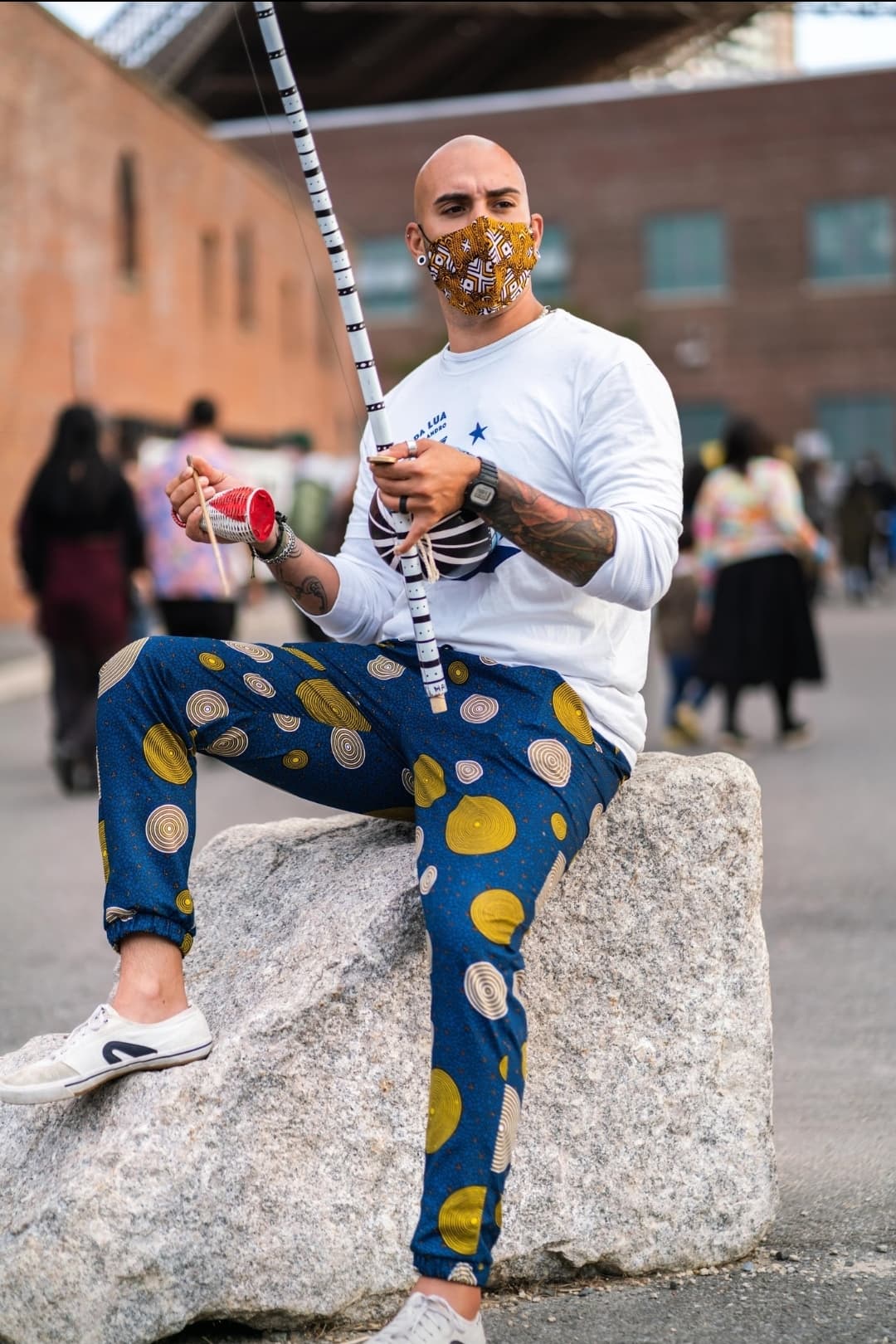
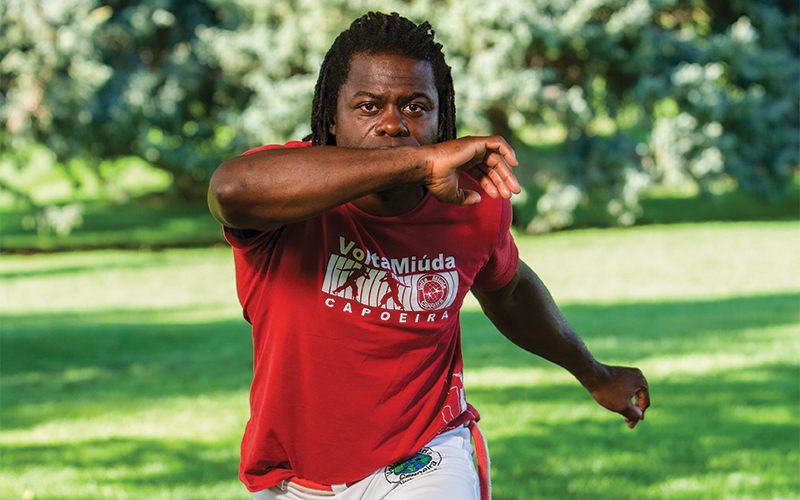
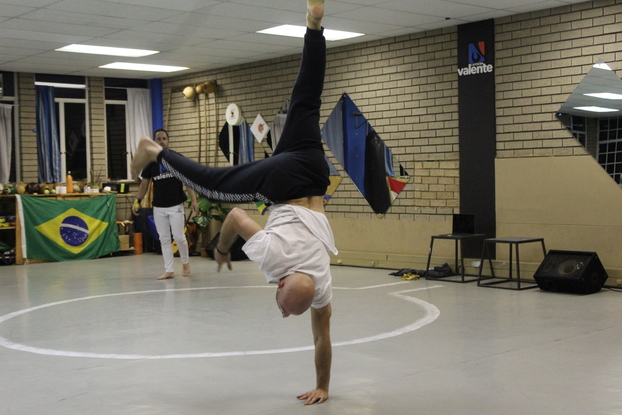
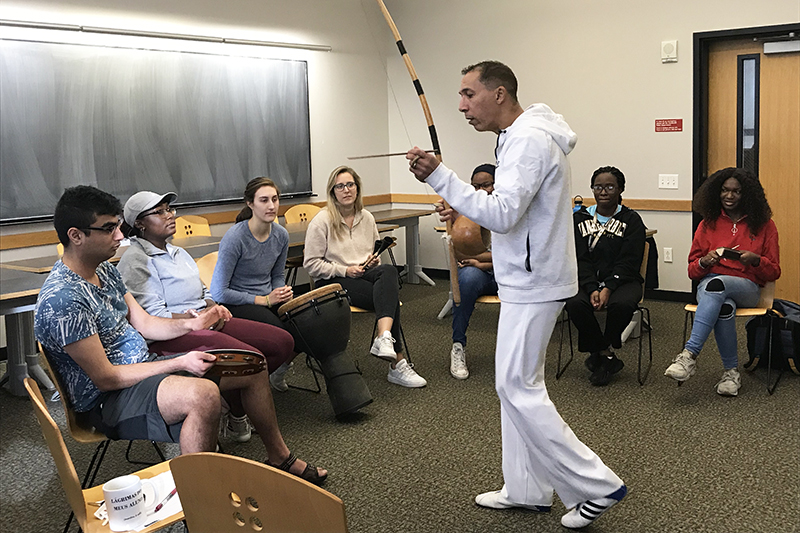
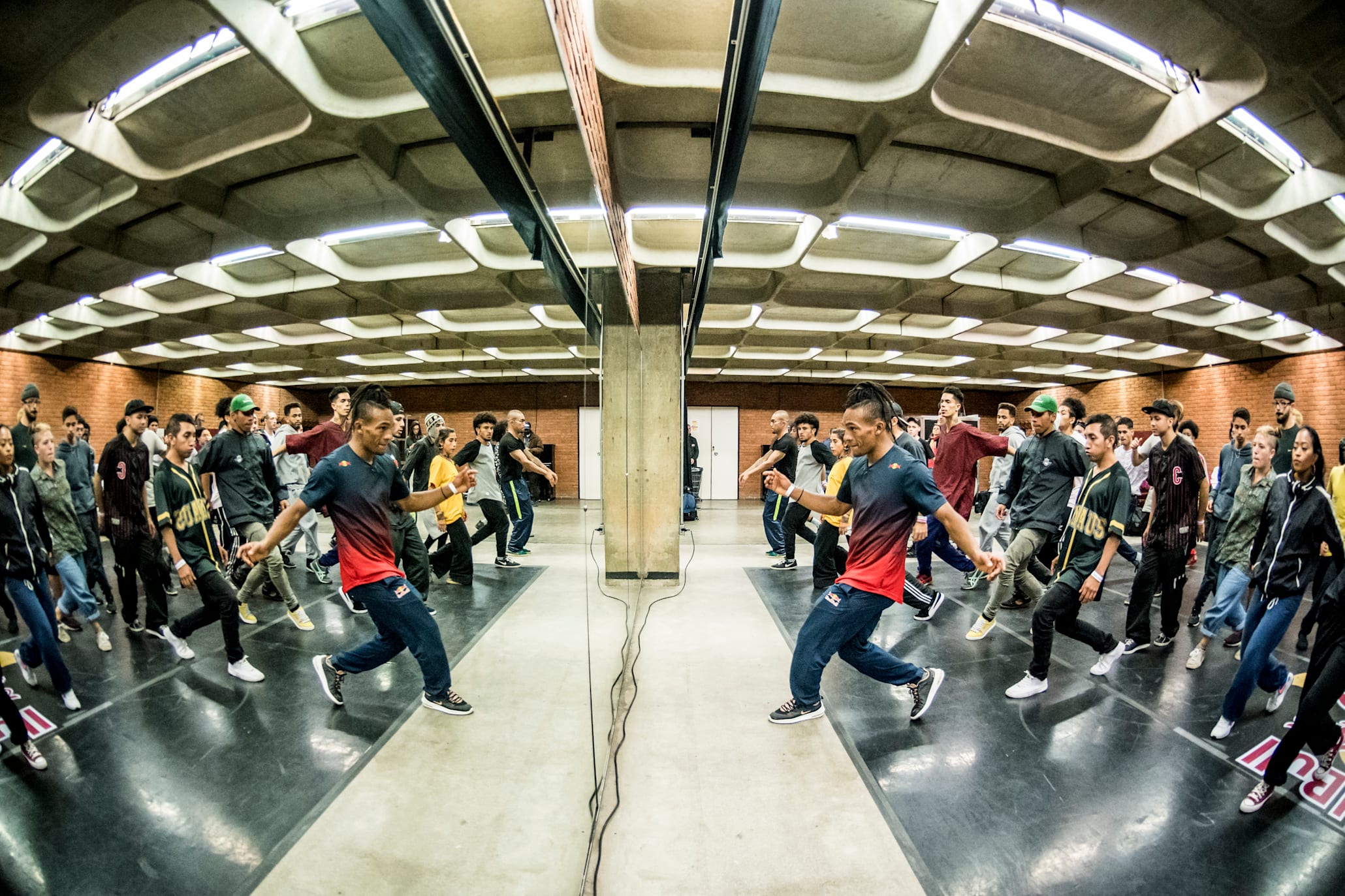

Share this post
Twitter
Google+
Facebook
Reddit
LinkedIn
StumbleUpon
Pinterest
Email